FREE SHIPPING ON ORDERS OVER $30
How to Choose: Your 1st Bowling Ball
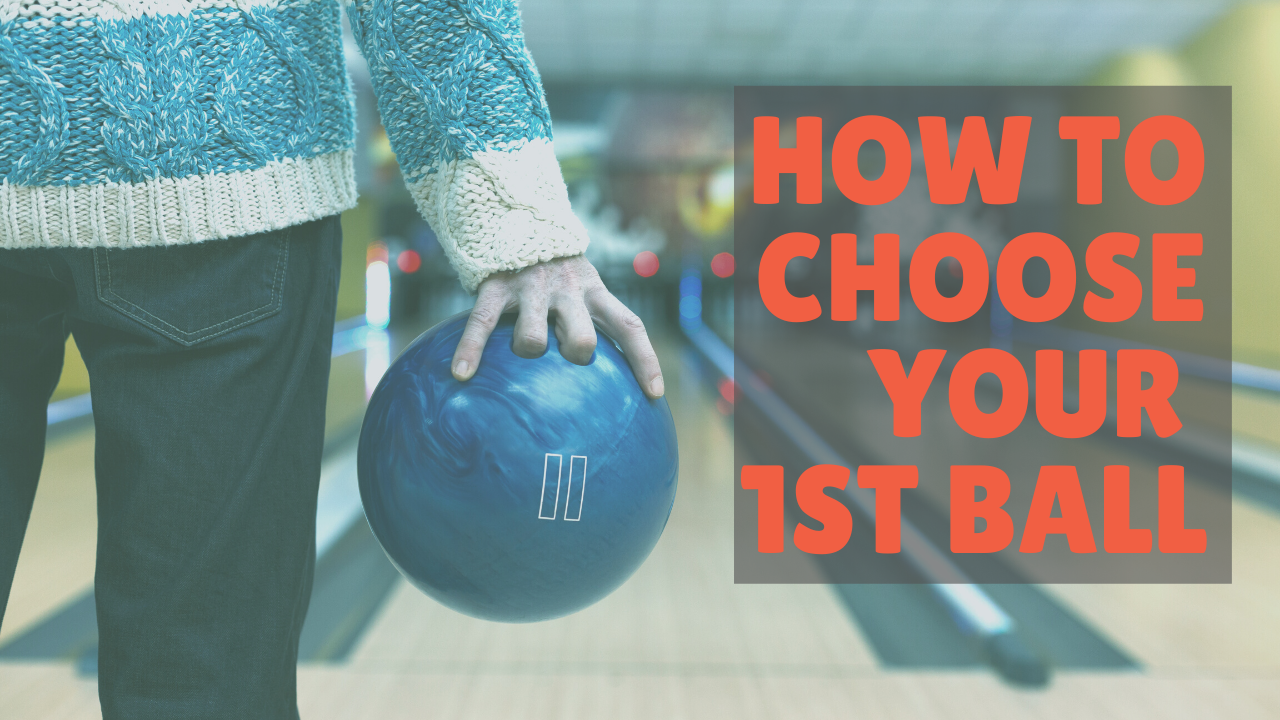
Just because picking out your first ball is a big decision, doesn’t mean it has to be a tough one. There’s a lot of factors at play and you want to make sure you’re getting your money’s worth. In this article, we’ll discuss everything you need to know about purchasing your first ball.
Note: This article is directed towards the new bowler searching for their 1st ball. If you aren’t already familiar with bowling terminology, check out our Glossary of Bowling Terms
First, some questions you need to ask yourself about why you’re buying a ball
- Are you joining a league?
- Are you just wanting to have fun on the weekends?
- Do you want to hook the ball?
- Do you want to throw it straight?
Your answers to these questions will help you determine what you should be looking for and how much money you should invest in your first ball purchase.
Your main considerations when searching for your 1st bowling ball are:
- Grip Type
- Weight
- Coverstock Type
Grip Type

Grip type is the first thing you’ll need to consider when buying your 1st ball. This will determine how you throw the ball and therefore what kind of ball you need. Grip type refers to the way the ball will be drilled and should be discussed with your PSO. If you’re buying a ball online, it’s still important to determine which grip type you’re going to choose when selecting a ball. This can be broken into three categories:
Conventional Grip: This is what you’ve been using with the house balls. Conventional grip refers to the ring and middle finger going down to the second knuckle. This grip type is suitable for bowlers who just want to throw the ball straight and have no intention of learning to hook.
Fingertip Grip: This is the grip type that is recommended for bowlers who want to hook the ball. Fingertip grip refers to the ring and middle finger going down to the first knuckle. This puts more of the ball’s weight in your palm (allowing you to handle a heavier ball) and provides more control than a conventional grip. It’s important to note that if you are used to a convention grip ball, fingertip will take some practice before you are comfortable.
Two Hand: The two handed grip does not use a thumbhole and instead uses the bowlers opposite hand to support the weight of the ball up to the foul line. This grip type could be considered more advanced as it requires more body control and flexibility, and in return yields more power. This is a newer style that is being adopted by more and more bowlers across the globe.
Coverstock Type
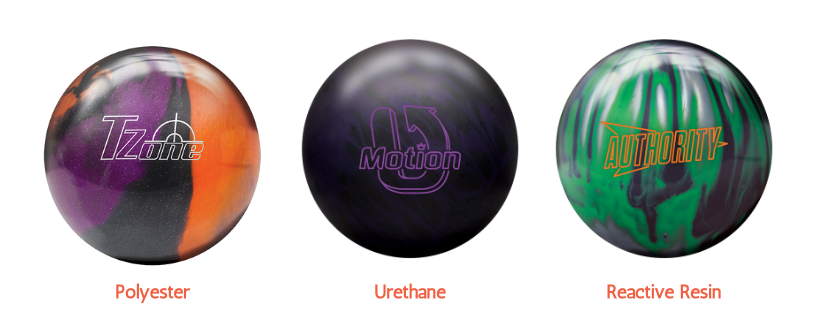
Polyester: Polyester (plastic) bowling balls are the most basic ball type. These are typically what bowling center’s provide as their house balls. Plastic coverstocks are designed to go straight and take the lane out of play. For this reason, many bowlers will use a polyester ball to pick up spares. If you have no intention of hooking the ball, a polyester ball is a great choice.
Price Range Un-drilled: $54.99 and up | Shop Poly's here
Urethane: Urethane is the next step up from polyester. Typically you’ll notice that urethane balls tend to hook a few more boards than plastic, but maybe not as much as reactive resin. This in between gives the bowler a controllable motion that they can predict. Experienced bowlers may use urethane on short patterns or as a spare ball. New bowlers could benefit from urethane if they are wanting to learn to hook the ball, but don’t need anything too aggressive.
Price Range Un-drilled: $69.99 and up | Shop Urethane here
Reactive Resin: Reactive Resin is the third choice, and is a step above urethane, giving you the most performance of the 3 coverstock types. These balls are broken into 3 subcategories:
Pearl: Pearl coverstocks are designed to go long before they start to hook. They are typically (but not always) shiny, which helps the ball slide through the oil and get downlane. This motion provides more of an angular backend hook as opposed to a consistent arc. Bowlers with slower ball speeds could benefit from the length that pearl coverstocks provide.
Solid: Solid coverstocks are designed to hook early. They are typically (but not always) dull, which helps the ball grip the lane and react through heavy oil. This motion provides more of a consistent arc as opposed to an angular backend hook. Bowlers with faster ball speeds could benefit from the early reaction that solid coverstocks provide.
Hybrid: Hybrid coverstocks are, as the name implies, a hybrid between a pearl and a solid. They can be shiny or dull and provide a versatile option that many bowlers can find success with.
Reactive resin balls can range in price from $70 to almost $200 undrilled. | Shop Reactive Resin here
Entry-level: Entry-level reactive resin is good for the bowler who wants to learn to hook the ball but isn’t looking to make a big investment (between $70-$90 undrilled).
Mid-Performance: Mid-performance ball’s typically range from $100-$140 and come equipped with stronger cores that lead to more performance than entry-level. These balls are great options for the bowler who wants to see a little more hook and versatility from their ball.
High-Performance: High-performance balls typically range from $140-$200 undrilled and will provide the strongest core/cover combinations of any ball on the market. Just because you’re new to bowling doesn’t necessarily mean you can’t throw a high-performance ball. If you’re serious about learning the sport: taking lessons, bowling leagues – HP balls are a way to assist with your physical game while you’re still learning.
As you can see, selecting the coverstock type for your 1st ball is not as simple as choosing the cheapest, most basic option. Ask yourself why you’re buying a ball and what you hope to get out of it.
Weight
The next thing you’ll want to consider when buying your 1st ball is the proper weight. Polyester balls range in weight from 6-16 pounds while most reactive resin balls are available in 12-16. Some reactive balls are offered in 10 and 11 pounds, but they usually have a different core than the heavier options.
From my experience in the pro shop, most bowlers tend to underestimate how heavy of a ball they can comfortably throw. This is most likely because the house balls that are not drilled to fit your hand are much harder to control than a ball that is measured and drilled custom to fit your hand.
Kids: For most kids, a simple way to get an idea of proper ball weight is to match their age. 8 pound ball for an 8 year old kid, 10 pound for 10 year old, etc. This is by no means scientific, and does not mean that a 10 year old can’t throw a 12 pound ball. This is a starting point just to get an idea. There are tests that your pro shop operator can perform to determine proper ball weight.
Adults: As mentioned above, most new bowlers tend to underestimate how heavy of a ball they can throw. If you’re buying a ball in a pro shop, talk to the PSO and work with them to determine a good weight. If you’re buying a ball online, think about which weight house ball you use. From my experience, I’ve seen that most bowlers can afford to increase the weight by 1 or 2 pounds when using a ball that’s custom fitted to their hand. If you are using a 12 pound house ball, maybe try a 13 or 14 for your purchase. The most common weights used by adult bowlers today are 14 and 15 pounds.
Finding your proper weight is crucial to your game. You don’t want a ball that’s too light because it will be harder to control and you’ll see less pin action. You don’t want a ball that’s too heavy because you can risk injury and fatigue that will decrease your ability to repeat shots.
Additional Considerations
Core Type: If you want to get more technical with your ball choice, you’ll start to look into the different core types available. Symmetric cores vs. asymmetric core – and how they pair with the various coverstocks.
Color: If you’ve decided on a polyester ball, the vast majority of them all have a pancake weight block. If the cover and core are the same, the reaction will be the same. In this case, straight. That means the only thing left to decide is color!
Accessories: There’s a wide variety of accessories that can help any bowler succeed.
- Wrist Supports – To help strengthen and provide a consistent release
- Tapes – To ensure a comfortable fit
- Cleaners – To maintain the life and performance of your ball
- Grip Bags – To manage sweaty hands
Packages: Ball, Bag, and Shoe packages are the most common seller in our Bowling World pro shops. In my opinion, owning your own pair of shoes is just as important as your own ball. If you’re going to spend $100 on a ball, it may be wise to go ahead and invest in the starter package.
Lessons: The most important factor in determining a ball’s performance is the bowler. Group and private lesson’s are available in many centers across the country. Ask your local PSO about any lessons or clinics.

Learn More About Choosing the Right Bowling Equipment For You


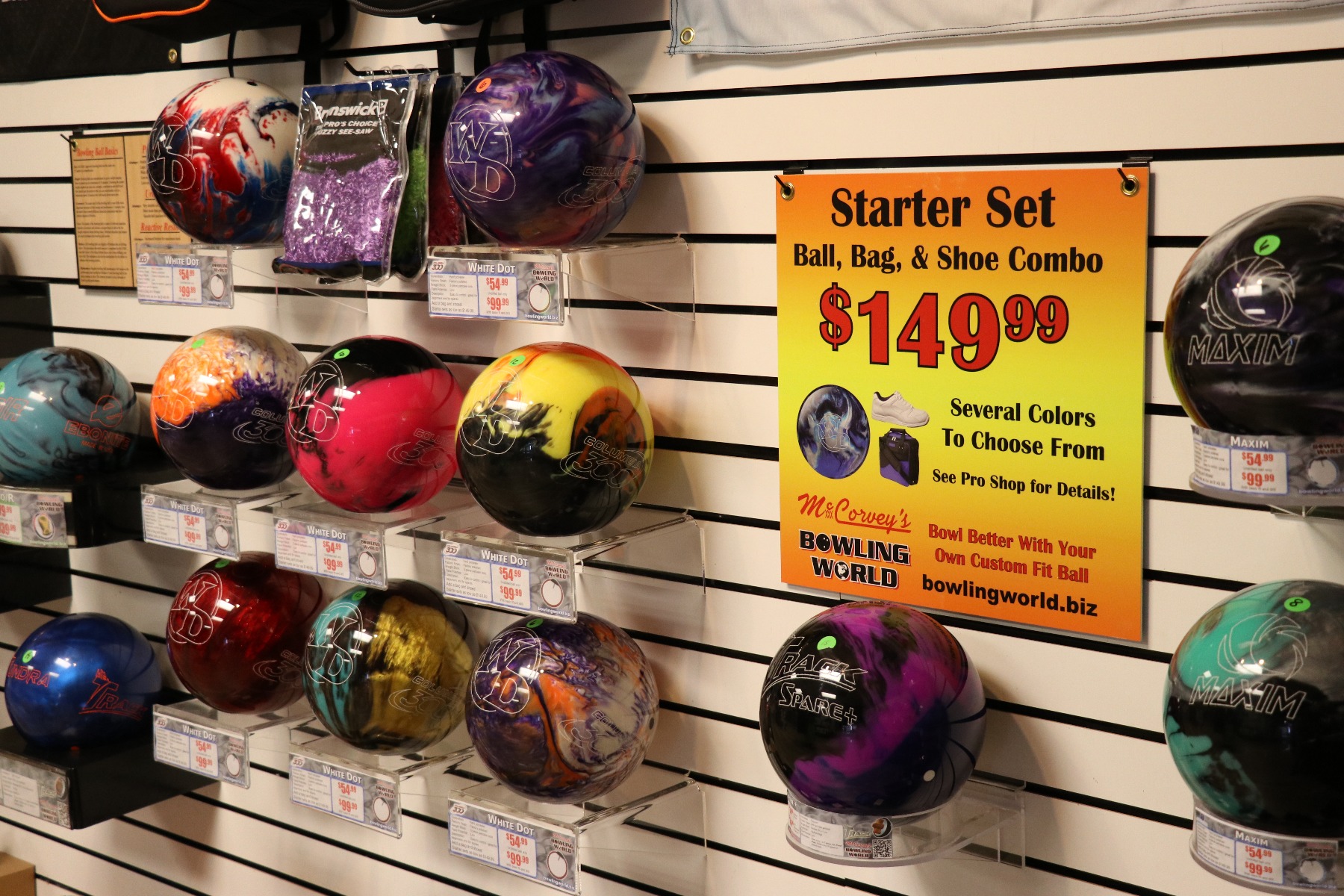


![[VIDEO] Brunswick Prism Warp | Ball Review](https://bowlingworld.biz/media/mageplaza/blog/post/resize/400x/b/r/brunswick-prism-warp-ball-review-video.png)
![[VIDEO] Radical Results | Ball Review](https://bowlingworld.biz/media/mageplaza/blog/post/resize/400x/r/a/radical-results-ball-review-video.png)
![[VIDEO] Track In2ition | Ball Review](https://bowlingworld.biz/media/mageplaza/blog/post/resize/400x/t/r/track-in2ition-ball-review-video.png)
![[VIDEO] Columbia 300 Baller | Ball Review](https://bowlingworld.biz/media/mageplaza/blog/post/resize/400x/c/o/columbia-300-baller-ball-review.png)
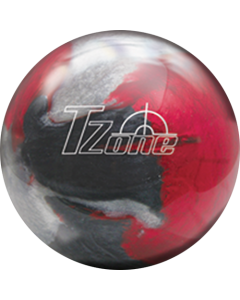
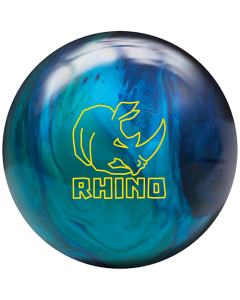
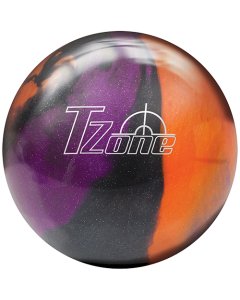
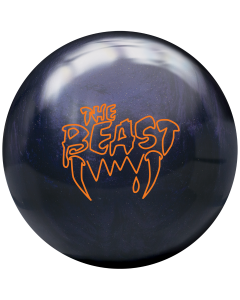


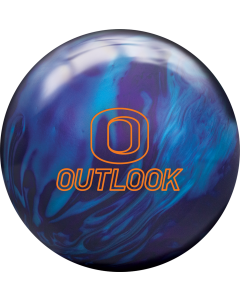
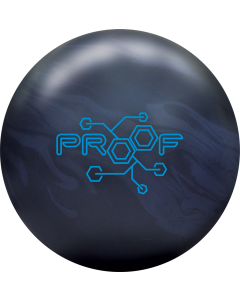










Comments
e
e
e
e
e
e
e
e
e
e
e
e
e
e
e
e
e
e
e
e
-1 OR 2+320-320-1=0+0+0+1 --
-1 OR 3+320-320-1=0+0+0+1 --
-1 OR 2+949-949-1=0+0+0+1
-1 OR 3+949-949-1=0+0+0+1
-1' OR 2+599-599-1=0+0+0+1 --
-1' OR 3+599-599-1=0+0+0+1 --
-1' OR 2+563-563-1=0+0+0+1 or 'hTifDCMa'='
-1' OR 3+563-563-1=0+0+0+1 or 'hTifDCMa'='
-1" OR 2+214-214-1=0+0+0+1 --
-1" OR 3+214-214-1=0+0+0+1 --
if(now()=sysdate(),sleep(15),0)
0'XOR(if(now()=sysdate(),sleep(15),0))XOR'Z
0"XOR(if(now()=sysdate(),sleep(15),0))XOR"Z
(select(0)from(select(sleep(15)))v)/*'+(select(0)from(select(sleep(15)))v)+'"+(select(0)from(select(sleep(15)))v)+"*/
1 waitfor delay '0:0:15' --
Sj66RPCK'; waitfor delay '0:0:15' --
1Di7NTqp' OR 25=(SELECT 25 FROM PG_SLEEP(15))--
yvMBEDKN') OR 431=(SELECT 431 FROM PG_SLEEP(15))--
o8XttOfe')) OR 669=(SELECT 669 FROM PG_SLEEP(15))--
e'||DBMS_PIPE.RECEIVE_MESSAGE(CHR(98)||CHR(98)||CHR(98),15)||'
1'"
@@MiZE6
e
e
e
e
e
e
e
e
e
e
e
e
e
e
e
e
e
e
e
e
e
e
e
e
e
e
e
e
e
e
e
e
e
e
e
e
e
e
e
e
e
e
e
e
e
e
e
e
e
e
e
e
e
e
e
e
e
e
e
e
e
e
e
e
e
e
e
e
e
e
e
e
e
e
e
e
e
e
e
e
e
e
e
e
e
e
e
e
e
e
e
e
e
e
e
e
e
e
e
e
e
e
e
e
e
e
e
e
e
e
e
e
e
e
e
e
e
e
e
e
e
e
-1 OR 2+610-610-1=0+0+0+1 --
-1 OR 3+610-610-1=0+0+0+1 --
-1 OR 2+831-831-1=0+0+0+1
-1 OR 3+831-831-1=0+0+0+1
-1' OR 2+761-761-1=0+0+0+1 --
-1' OR 3+761-761-1=0+0+0+1 --
-1' OR 2+828-828-1=0+0+0+1 or 'fRr1O5Iv'='
-1' OR 3+828-828-1=0+0+0+1 or 'fRr1O5Iv'='
-1" OR 2+508-508-1=0+0+0+1 --
-1" OR 3+508-508-1=0+0+0+1 --
if(now()=sysdate(),sleep(15),0)
0'XOR(if(now()=sysdate(),sleep(15),0))XOR'Z
0"XOR(if(now()=sysdate(),sleep(15),0))XOR"Z
(select(0)from(select(sleep(15)))v)/*'+(select(0)from(select(sleep(15)))v)+'"+(select(0)from(select(sleep(15)))v)+"*/
1 waitfor delay '0:0:15' --
sip970LA'; waitfor delay '0:0:15' --
7Yw2sJsM' OR 558=(SELECT 558 FROM PG_SLEEP(15))--
gLjP0EML') OR 483=(SELECT 483 FROM PG_SLEEP(15))--
aFrW66yg')) OR 337=(SELECT 337 FROM PG_SLEEP(15))--
e'||DBMS_PIPE.RECEIVE_MESSAGE(CHR(98)||CHR(98)||CHR(98),15)||'
1'"
@@avb3R
e
e
e
e
e
e
e
e
e
e
e
e
e
e
e
e
e
e
e
e
e
e
e
e
e
e
e
e
e
e
e
e
e
e
e
e
e
e
e
e
e
e
e
e
e
e
e
e
e
e
e
e
e
e
e
e
e
e
e
e
e
e
e
e
e
e
e
e
e
e
e
e
e
e
e
e
e
e
e
e
e
e
e
e
e
e
e
e
e
e
e
e
e
e
e
e
e
e
e
e
e
e
e
e